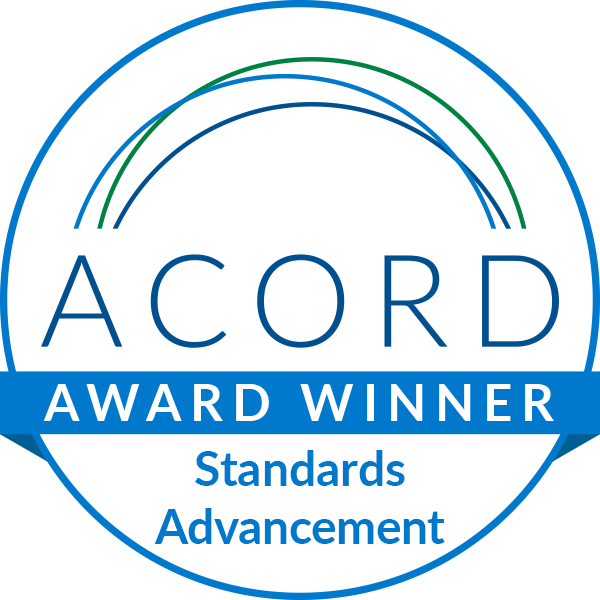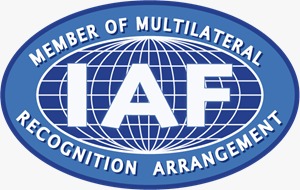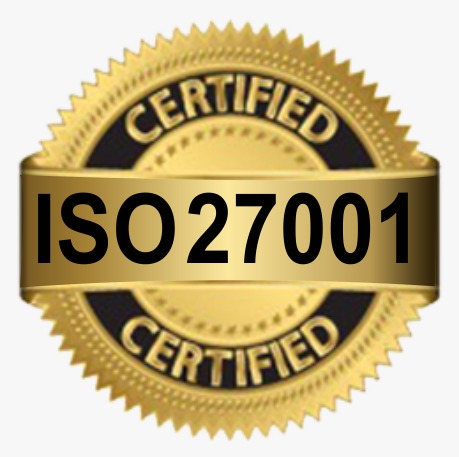Property Damage Liability
Among many types of coverage, Property Damage Liability coverage is quite common and popular. Damage caused to somebody’s property by an insured person is covered under Property Damage Liability. This liability coverage is present in many types of insurance like Homeowners Insurance, vehicle insurance, etc. In this blog, we will discuss the role of Property Damage Liability in Auto Insurance.
Property Damage Liability in Auto Insurance
Drivers are required to have Property Damage liability coverage by law. It covers the cost of damage caused to others whether it is their car, house, or any other kind of personal property. Coverage for one’s own property is included in comprehensive and collision coverage for which separate payment is made. Property damage coverage helps to ensure that a driver is able to assume some financial responsibility for damage caused in an accident where the driver is considered to be at fault. The insurance company agrees to cover costs up to the value of your coverage.
Coverage
Many things are covered in Property Damage Liability. Repairs for damage caused to the other person’s vehicle along with fixing up of damaged businesses, houses, fences, lamp posts, etc are included in this coverage. Other than this, attorney, court, legal fees incurred for the claim, and lost income, or any other recurring expenses from damage are also covered.
How much coverage should a driver have?
A driver should have a specific minimum amount of liability coverage as described by the state. Usually, property damage liability and bodily injury liability coverage are required by a state. All the states have different minimum amount limits. For example, in New Jersey, California, and Massachusetts, a driver is required to have a minimum of $5000 of property damage liability coverage. In states like Florida, Delaware, and New York the amount is a minimum of $10000. This amount is as high as $25000 in states like Mississippi, Texas, Connecticut, Alabama, and others. In Oklahoma, the minimum amount of coverage required is $50000.
The average property damage claim is around $4000 to $5000. So, if a driver has at least the state minimum, it should work. But just to be more sure, getting additional coverage will be relatively inexpensive and it can help to support a situation like an accident in which someone’s vehicle or property gets damaged.
The maximum amount an insurance policy will pay for a covered claim is called a limit. The liability coverage limits can be chosen while buying car insurance and they can be adjusted even later on by talking to the agent.
How is a property damage liability claim filed?
The insured person is never the one to make a claim against your policy in this type of insurance because the insured person is at the fault of damaging another party’s property and this is the property that is covered in the insurance. So property damage claims are generally files as third party car insurance claims, where a third party makes an insurance claim against the insurance policy of the person at fault. The maximum amount an insurance company can pay as the result of any single accident is described by the limits of property damage coverage. The person making the claim can go after the policyholder directly to recover the excess amounts if the damage caused by the accident exceeds the coverage amount. The person may drag the issue to a civil court to meet the losses.
Another insurance that can save someone in this situation is collision insurance. Though it is optional and is quite expensive, you would be able to cover the remaining amount if you are mostly at fault in an accident and cannot recover enough money from another driver’s property damage insurance.







Leave A Comment